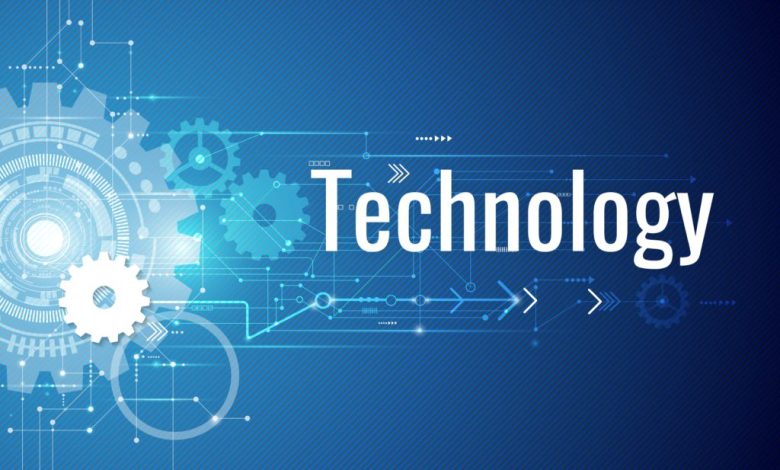DRM technology and its significance for OTT platforms

Why is DRM technology a must-have for OTT Platforms?
While an end-user appreciates and enjoys the wholesomeness of the content available on OTT platforms, the OTT service providers have entirely different fishes to fry! They are constantly concerned about the security of their content.
Despite today’s numerous legal options to stream content, illegal usage and piracy remain widespread. As a result, media streaming solution providers must prioritize safeguarding OTT platform content to guarantee a secure and entertaining experience for all the stakeholders involved.
If you’re wondering how to safeguard films on a streaming website, Digital Rights Management DRM is the most reliable way to secure OTT content distribution.
This article will take you through the DRM process in the OTT world. We’ll learn about DRM’s workflow and why DRM technology is essential for OTT platforms.
What is Digital Right Management?
Digital Right Management (DRM) is a systematic method of copyrighted media content protection. It is a complete solution for managing online content material that secures the broadcasting, marketing, and purchase of digital information while also protecting it from unwanted access.
DRM helps content creators enforce content access regulations by preventing customers from duplicating and converting material to other media formats. The content owner determines these access regulations, including guidelines on how the material should be viewed.
Why is DRM Technology a Must-have for OTT Platforms?
DRM technology is a must-have for OTT platforms. The following are the perks of using a DRM in the OTT industry:
1. Screen Recording Prevention
Content encryption with multi-DRM technology is the foundation of content security and the most effective protection against screen recording. Recording can be successfully avoided without a separate solution in the case of DRM technology offered by the client platform.
2. Video DRM Protection
Publishers and content providers can set rigorous limitations for how consumers interact with their material via DRM-protected video hosting. These restrictions are programmed into the digital asset management solution that hosts the video and the embedded video player that visitors use to watch it. DRM system uses a range of data protection and governance technologies to let content producers monetize their work.
3. Dynamic Watermarking
This sort of video encryption embeds digital watermarks in video footage, making it instantly recognizable by authorities and streaming services. This will help you keep your subscriber-only material off free video hosting sites.
4. Protects revenue
DRM technology services ensure that the content creators profit from the success of any material on any OTT platform. This protects their cash sources and keeps third parties from profiting from their material.
5. Prohibits unauthorized copying, lending, and illegal file sharing
DRM technology ensures that the content transmitted over the network is protected against being copied, loaned, or distributed without authorization. It also helps maintain a fair and equitable OTT system by restricting unethical file-sharing to ignorant viewers.
6. Sets parental controls
DRM technology systems let parents control their children’s views, ensuring that they are not exposed to inappropriate information.
7. Controls who has access to sensitive data
DRM technology systems protect confidential and proprietary information from hackers and phishers. This guarantees that both content providers and users enjoy a positive OTT experience.
What is an example of digital rights management?
Digital rights management (DRM) is a technology used to control the distribution and usage of digital content. It protects intellectual property rights and prevents unauthorized copying or sharing of digital content. One of the most common examples of DRM is using digital watermarks. These unique identifiers are embedded into digital files, such as images, videos, or audio files. The watermarks are designed to be invisible to the human eye, but can be detected by special software.
Digital watermarks protect copyrighted content by making it difficult for unauthorized users to make copies or distribute it. For example, if a digital watermark protects an image, anyone who tries to copy or reproduce the image will end up with a copy that also contains the watermark. This makes it possible to trace the source of any unauthorized copies and take appropriate action to protect the copyright owner’s rights.
Another example of DRM is the use of encryption to protect digital content. Encryption is a method of encoding data so that someone with the key can only read it to decrypt it. This is often used to protect digital music, videos, or software from being copied or shared without permission. For example, when you purchase a digital movie or music album, it may be encrypted only to be played on a specific device or software program. This helps to prevent piracy and unauthorized distribution of the content.
Final Thoughts
Content is the most valuable resource in the OTT world, and DRM program helps secure it. DRM technology is here to stay, and it’s been revised countless times.
It is predicted to rise at a similar rate in the foreseeable future. As a result, the DRM technology sector is fast striving for standards and uniformity to make setup simpler and more manageable. Service providers’ strong content protection strategy should include advanced multi-DRM technologies. The most effective method for the OTT industry to protect the content quality, boost usability, and monetize online content legally and ethically is to use these creative, system-independent solutions.


